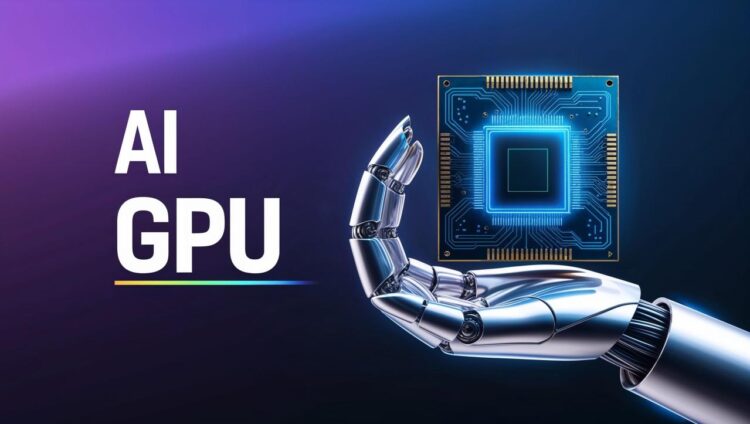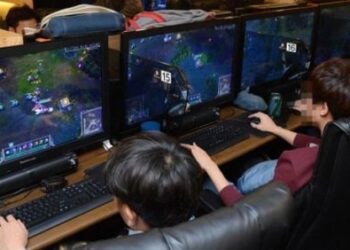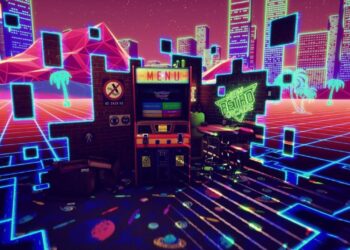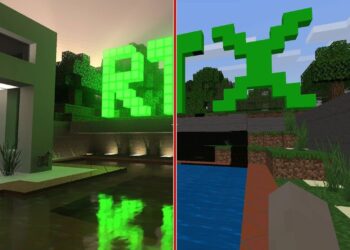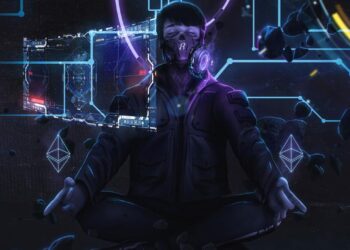For decades, the creation of vast, immersive video game worlds has been a monumental undertaking of human artistry and technical prowess. Thousands of artists, programmers, and designers would spend millions of hours meticulously crafting every texture, character, and line of dialogue. But today, we stand on the precipice of the most significant paradigm shift in the history of interactive entertainment. Artificial Intelligence is no longer just a buzzword; it has become the silent, indispensable partner in the development process, revolutionizing how virtual worlds are conceived, built, and experienced.
This is not merely about smarter enemies or more realistic non-player characters (NPCs). This is a fundamental transformation touching every single facet of game development, from initial concept to post-launch support. AI is accelerating production timelines, unlocking unprecedented creative possibilities, and democratizing the tools of creation for smaller studios. It is the new architect, the tireless artist, and the brilliant programmer, all rolled into one.
This in-depth article will explore the multifaceted ways AI is revolutionizing game development. We will journey through its role in creating breathtakingly complex worlds, breathing true life into digital inhabitants, streamlining the arduous process of asset creation, and refining gameplay to near perfection. We will also analyze the profound implications of this revolution, examining both the incredible opportunities and the emerging challenges for developers and players alike as we step into this bold new era of intelligent game design.
Generative AI: The End of the Blank Canvas
The most visible and perhaps most transformative application of AI in modern game development lies in generative AI. These powerful machine learning models, trained on vast datasets of images, text, and code, have effectively solved the “blank canvas” problem that has plagued creators for generations.
Before, creating a single high-quality 3D model of a character or a building could take a skilled artist days or even weeks. Now, generative AI tools act as a powerful co-creator. A developer can provide a simple text prompt—”a weathered, cyberpunk-style street vendor stall with neon signs in the rain”—and receive dozens of high-quality visual concepts in seconds. This doesn’t replace the artist; it empowers them. The artist can then select the most compelling concept and use their expertise to refine it into a final, game-ready asset, saving an immense amount of time in the initial ideation phase. This process applies to nearly every visual element, from character costumes and environmental textures to weapon designs and user interface icons.
Procedural Content Generation (PCG) on Steroids
Procedural Content Generation (PCG) is not a new concept; games like No Man’s Sky and Minecraft have used algorithms to generate vast universes and landscapes for years. However, traditional PCG often relied on relatively simple mathematical rules, which could sometimes result in worlds that felt repetitive or logically inconsistent.
AI-driven PCG, often called “intelligent PCG,” is a complete game-changer. Instead of just following rules, these AI systems learn the principles of good design. They can be trained on examples of hand-crafted levels to understand concepts like pacing, flow, and visual storytelling. The results are astounding.
An AI can now generate not just the terrain of a massive continent but also intelligently place cities, roads, forests, and rivers in a way that feels natural and believable. It can design complex interior dungeon layouts that are unique for every player’s playthrough, complete with logical puzzle structures and enemy placements. This allows for the creation of game worlds that are not only virtually infinite but also consistently engaging and unique. For developers, this means a small team can now create a world with a scale and complexity that would have previously required a studio of hundreds.

Breathing Life into Digital Beings: The NPC Revolution
For years, NPCs in games have been little more than sophisticated puppets. They walk on predefined paths, repeat a handful of scripted lines, and react to players in predictable ways. This illusion of life is often shattered with the slightest deviation from the expected script. AI is now fundamentally rewiring the brains of these digital inhabitants.
The revolution in NPC intelligence is happening on several fronts:
A. Dynamic, AI-Driven Dialogue: Leveraging the power of Large Language Models (LLMs), similar to the technology behind ChatGPT, developers are creating NPCs who can engage in unscripted, dynamic conversations. Instead of choosing from a list of three predefined questions, a player can type or speak a natural language query, and the NPC will respond in character, drawing from a deep well of lore and personality traits defined by the writers. This allows for truly emergent narratives where players can uncover secrets and build relationships in ways the developers never explicitly programmed.
B. Advanced Behavioral AI and Goal-Oriented Action: Modern AI allows for the creation of NPCs with genuine agency. An NPC shopkeeper is no longer just standing behind a counter. They might have a daily routine: waking up, gathering supplies from a warehouse, dealing with AI-generated customers, and heading home at night. This “Goal-Oriented Action Planning” (GOAP) allows them to react intelligently to disruptions. If a player blocks their path, they won’t just walk into a wall; they will assess the situation and find an alternative route. If their supply cart is stolen, they might report it to the city guard or even try to hire the player to retrieve it, creating an organic, unscripted quest.
C. Believable Crowds and Ecosystems: AI is now capable of simulating entire societies and ecosystems. In a bustling city, crowd AI ensures that thousands of NPCs navigate the streets realistically, forming groups, reacting to weather, and creating a believable sense of life. In a dense jungle, AI can simulate the predator-prey dynamics of the local wildlife, creating a living, breathing world that exists and evolves independently of the player’s presence.
AI in Testing and Balancing: The Tireless Player
One of the most time-consuming and costly phases of game development is testing and quality assurance (QA). Human testers must spend countless hours trying to break the game, finding bugs, exploits, and gameplay imbalances. AI is now automating and enhancing this critical process.
Machine learning agents can be trained to play a game millions of times faster than a human could. These AI “players” can explore every nook and cranny of a game world, testing every possible combination of abilities and scenarios to identify game-breaking bugs with superhuman efficiency.
Furthermore, this data is invaluable for game balancing. In a competitive multiplayer game, an AI can play millions of matches to determine if a particular character or weapon is overpowered, providing developers with precise data to make balancing adjustments. This leads to fairer, more enjoyable, and more polished games at launch.
The Future is Intelligent: Emerging Trends
The AI revolution is still in its infancy. The road ahead is filled with even more groundbreaking possibilities that will continue to reshape the industry.
- Real-Time Personalization: Imagine a game that adapts its story and difficulty to your specific playstyle in real-time. An AI Dungeon Master could analyze your choices and skills, dynamically generating quests, enemies, and narrative beats tailored specifically to you, ensuring you are always challenged and engaged.
- AI-Composed Soundtracks: AI is already capable of composing music. In the future, games could feature fully dynamic soundtracks that are generated in real-time to perfectly match the on-screen action and emotional tone of a scene, creating a unique auditory experience for every single player.
- Democratization of Development: As AI tools become more accessible and user-friendly, the barrier to entry for game development will lower dramatically. Individuals and small teams will be empowered to create games with a scope and polish that currently only AAA studios can achieve, leading to a new explosion of creativity and innovation.

Conclusion: A New Era of Interactive Artistry
Artificial intelligence is not a threat to the human element of game development; it is the ultimate amplifier of human creativity. It automates the tedious, accelerates the difficult, and opens up creative avenues that were previously locked behind insurmountable technical and resource limitations. By taking on the role of the builder, the tester, and the simulator, AI is freeing human developers to focus on what they do best: storytelling, artistry, and the core design of fun.
The games of the next decade will feature worlds of unimaginable scale, inhabited by digital characters with startling intelligence and depth. They will offer endlessly replayable experiences that are uniquely tailored to each player. This monumental shift, this powerful new partnership between human and machine intelligence, is not just changing how games are made. It is elevating the very definition of what a video game can be, heralding a golden age of interactive entertainment.

